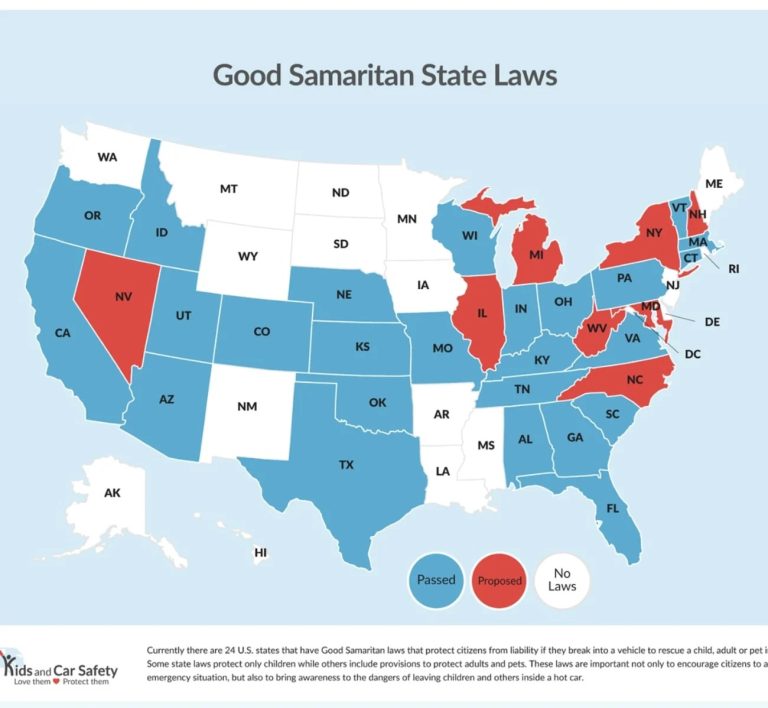Spring is about to give way to summer, and with warmer temperatures comes the heightened need to ensure the safety of children and pets riding in cars. The National Highway Traffic Safety Administration says that on average, 37 children die each year of heatstroke after being left in vehicles or trapped in them — based on that average, a child dies this way somewhere in America about every 10 days.
2018 and 2019 were particularly tragic, with 53 children dying in each of those years. Since 1998, the federal agency says, 969 children have died this way. And of course, one would have been too many.
NHTSA designated May 1 as National Heatstroke Prevention Day because of this. And perhaps its efforts to raise awareness nationally, along with those in the states and locally, are saving lives. Last year, the death toll declined to 29 children. Yet, still too many.
The same fate can befall pets, primarily dogs, that are forgotten, or purposely left, in cars. There aren’t statistics on that, but it’s safe to say it happens hundreds of times per year.
It’s really not just a hot-weather problem. Temperatures inside a sealed vehicle can reach dangerous levels even when outside temperatures are cool. Consumer Reports testing found that an outside temperature of 61 degrees resulted in an interior temperature of 105 degrees in just one hour. NHTSA breaks it down even further in the tweet below.
Sadly, the first child heatstroke death of the year has been recorded. These deaths ARE preventable. Never leave a child alone in a car, not even for minute.
Once You Park, Stop. 🛑 Look. 👁️ Lock. 🔐 pic.twitter.com/EQydAE6YI6
— nhtsagov (@NHTSAgov) May 6, 2024
And cracking a window makes little difference. Take a look:
NHTSA notes three scenarios that put kids at risk:
- Children are forgotten in vehicles by parents or caregivers. Perhaps the child is quiet or asleep and goes unnoticed.
- Children gain access to unlocked vehicles and become trapped inside. This can happen during play, without adults realizing. It’s important to teach kids that cars are not a place to play. Locking cars even at home, even in your garage, and keeping keys/fobs out of reach is a good practice.
- Children are knowingly left in vehicles by parents or caregivers who don’t understand how quickly a car can heat up.
“It is critical that all parents, caregivers, and drivers understand that children should never be left alone in a vehicle, not even for a minute,” NHTSA says.
NHTSA Deputy Administrator Sophie Shulman, herself the mother of a small child, released this short video to mark National Heatstroke Prevention Day.
On this National Heatstroke Prevention Day, watch as NHTSA’s Deputy Administrator, Sophie Shulman, speaks on the importance of keeping children safe, in and out of vehicles.
Before you Park, Stop. Look. Lock. pic.twitter.com/4GtEJwS4OY
— nhtsagov (@NHTSAgov) May 1, 2024
If you as a passerby sees a child or pet locked in a car and in distress, it’s a time-critical situation, and you should call 911. Furthermore, many states have Good Samaritan laws that will shield you from liability if you have to break a window or otherwise take action.
These Good Samaritan laws exist in some of the states most affected: Texas and Florida had the highest number of child heatstroke deaths. Though it’s a mixed bag in the additional states at the highest risk for heatstroke deaths per capita: Louisiana, Oklahoma, Mississippi, Alabama, Arkansas, and Arizona.
Automakers over the past few years have started to address this danger by installing reminder safety systems. GM was first to market with this in 2017. Typically, these systems note when you have opened a rear door at the beginning of a car trip, presumably to load a kid or pet, and reminds you of that when you arrive. Another approach by Hyundai/Kia/Genesis uses ultrasonic sensors to detect motion in the car.
The federal government has required all automakers to have a back-seat occupant alert system as standard equipment by model year 2025.
Some cars, including electric ones from Tesla and Rivian, have a Dog Mode that’s designed to keep the cabin cool.
Until you’ve purchased a vehicle with such a system (and even after), it’s up to you to remember that your child (or pet) is back there. Like wearing a seatbelt, checking the back seat is a habit you can acquire and make second nature. NHTSA’s shorthand for this: “Stop. Look. Lock.”
Write it down on a Post-It and put it on your dashboard if that helps. But commit it to memory:
“Stop. Look. Lock.”










